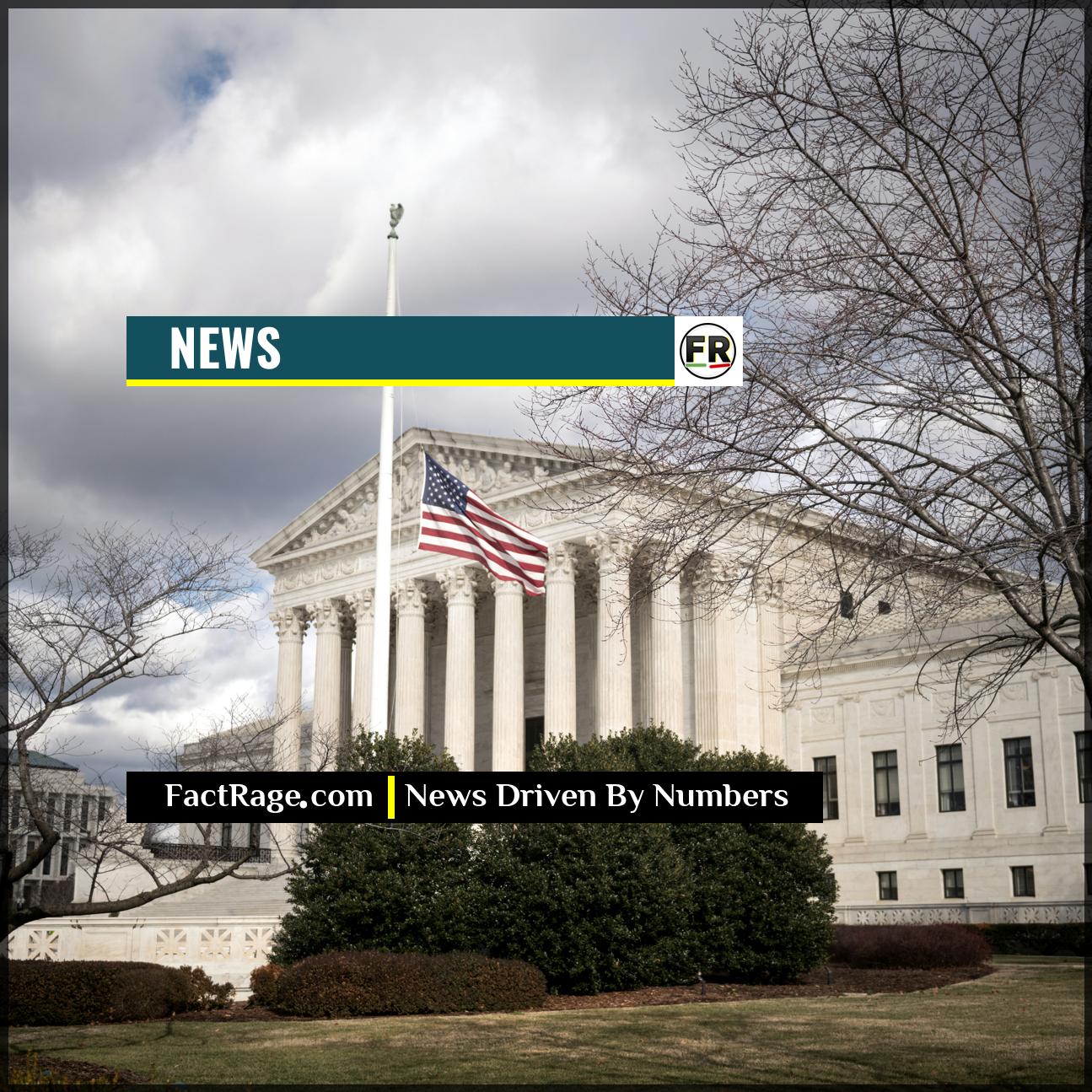WASHINGTON, DC – A series of federal court rulings have determined that the U.S. Department of Justice unlawfully withheld grant funds from states and cities by imposing eligibility conditions that were not authorized by Congress.
- The Core Legal Challenge – Lawsuits filed by multiple states and cities argued the DOJ overstepped its executive authority by adding new policy requirements to the congressionally established Edward Byrne Memorial Justice Assistance Grant (Byrne JAG) program.
- The Disputed Conditions – In 2017, the DOJ required grant recipients to provide federal immigration authorities access to detention facilities and to give 48 hours’ notice before releasing undocumented immigrants, conditions that were not part of the original statute.
- Consistent Judicial Rejection – Multiple federal appeals courts, including the First, Third, Seventh, and Ninth Circuits, ruled against the DOJ, finding the department could not unilaterally impose such conditions and that doing so violated the separation of powers.
These legal battles represent a significant test of the separation of powers, pitting the executive branch’s policy goals against the funding authority of Congress and the rights of state and local governments. The court records provide a clear accounting of the arguments and the outcomes.
The Evidence Chain: Documenting a Constitutional Check
![]() When the executive branch attempted to leverage federal funding for its policy goals, it initiated a significant constitutional test. This was not a matter of political debate, but of legal authority, which was ultimately decided by the courts. The paper trail of rulings from federal appeals courts reveals a consistent and decisive check on executive power, affirming the fundamental principle of separation of powers.
When the executive branch attempted to leverage federal funding for its policy goals, it initiated a significant constitutional test. This was not a matter of political debate, but of legal authority, which was ultimately decided by the courts. The paper trail of rulings from federal appeals courts reveals a consistent and decisive check on executive power, affirming the fundamental principle of separation of powers.
Read On…
The following investigation breaks down the specific legal arguments, the financial stakes, and the court decisions that defined this contest over government authority.
What Sparked the Legal Firestorm?

The conflict began in July 2017 when the Department of Justice, under then-Attorney General Jeff Sessions, announced new conditions for recipients of the Edward Byrne Memorial Justice Assistance Grant (Byrne JAG). This program is a leading source of federal funding for state and local law enforcement, supporting a wide range of needs from technical equipment to crime prevention programs.
The new rules required recipients to comply with federal immigration enforcement on two key fronts:
- Access: Allow U.S. Immigration and Customs Enforcement (ICE) officials access to any correctional or detention facility to meet with individuals and inquire about their right to be in the United States.
- Notice: Provide ICE with at least 48 hours’ notice before a suspected undocumented immigrant was scheduled to be released from custody.
These requirements were not included in the statute passed by Congress that created and authorized the Byrne JAG program. In response, numerous government entities, including the City of Chicago, the City of Philadelphia, New York, California, and several other states and municipalities, filed lawsuits against the DOJ, initiating a multi-year legal showdown.
How the Legal Arguments and the Money Intersected
The plaintiffs’ central argument, documented across numerous court filings, was that the Attorney General and the DOJ had exceeded their statutory authority and violated the U.S. Constitution. They contended that Congress, which holds the “power of the purse,” sets the conditions for federal grants. The executive branch’s role is to administer the program as written, not to invent new prerequisites to advance its own policy agenda.
For example, in City of Chicago v. Barr, the city argued that the DOJ’s actions amounted to “an executive power grab” that commandeered local law enforcement for federal duties. The amount of money at stake was substantial. For Chicago alone, the Byrne JAG grant in question was worth $2.2 million. For California, statewide funding was projected in the tens of millions annually.
The Department of Justice countered by arguing that the Attorney General had broad discretion to set grant conditions to ensure public safety and the lawful administration of justice. The DOJ’s legal team asserted that the new rules were reasonably related to the law enforcement purposes of the Byrne JAG program. The core question for the courts was clear: does the executive branch have the inherent authority to use congressionally-appropriated funds as leverage for policy compliance?
Why the Courts Sided Against the DOJ
The judicial response was consistent and widespread. One after another, federal district and appeals courts ruled against the DOJ. The U.S. Court of Appeals for the Seventh Circuit, in its 2018 ruling in favor of Chicago, found that the Attorney General did not have the authority to impose the conditions. The court stated that “the executive branch cannot set new grant conditions without congressional authorization.”
This conclusion was echoed by other circuits. The Third Circuit (in a case brought by Philadelphia) and the Ninth Circuit (in a case brought by California and San Francisco) issued similar rulings. In 2020, the First Circuit also ruled against the DOJ in cases involving Massachusetts and Rhode Island.
These decisions established a strong legal precedent limiting the executive branch’s ability to unilaterally alter federal grant programs. The rulings affirmed that only Congress has the constitutional authority to place conditions on the funds it appropriates. While the Supreme Court declined to take up some of the appeals, leaving the circuit court rulings in place, the legal consensus effectively ended the DOJ’s attempt to enforce these specific grant conditions. The outcome serves as a key case study in the constitutional checks and balances governing federal power.
A Firm Check on Executive Authority
![]() The legal challenges to the Department of Justice’s grant conditions were ultimately a referendum on the constitutional separation of powers. Across multiple federal circuits, the judiciary provided a decisive answer, concluding that the executive branch cannot unilaterally attach new policy requirements to funds appropriated by Congress. This series of rulings establishes a significant legal precedent, reinforcing the clear boundaries between executive administration and legislative authority and shaping the landscape for future disputes over federal power.
The legal challenges to the Department of Justice’s grant conditions were ultimately a referendum on the constitutional separation of powers. Across multiple federal circuits, the judiciary provided a decisive answer, concluding that the executive branch cannot unilaterally attach new policy requirements to funds appropriated by Congress. This series of rulings establishes a significant legal precedent, reinforcing the clear boundaries between executive administration and legislative authority and shaping the landscape for future disputes over federal power.













